Cover
Copyright
Table of Contents
Preface
Conventions Used in This Book
Safari® Books Online
How to Contact Us
Acknowledgments
Jonathan
Tim
1. Introduction
The Problems with Current Security Models
Poor Password Choices
Security over Usability
Improper Data Encryption
The Weakest Link: Human Beings
Single Sign-on
Understanding Entropy in Password Security
Entropy in Randomly Selected Passwords
Entropy in Human-Selected Passwords
Breaking Down System Usage of a Username and Password
Securing Our Current Standards for Identity
Good and Bad Security Algorithms
What Data Should Be Protected?
Account Recovery Mechanisms and Social Engineering
The Problem with Security Questions
Next Up
2. Password Encryption, Hashing, and Salting
Data at Rest Versus Data in Motion
Data at Rest
Data in Motion
Password Attack Vectors
Brute-Force Attack
Creating a CAPTCHA with reCAPTCHA
Dictionary Attacks
Reverse Lookup Tables
Rainbow Tables
Salting
Generating a Random Salt
Salt Reuse
Salt Length
Where to Store the Salt
Peppering
Choosing the Right Password Hashing Function
bcrypt
PBKDF2
scrypt
Validating a Password Against a Hashed Value
Key Stretching
Recomputing Hashes
Next Steps
3. Identity Security Fundamentals
Understanding Various Identity Types
Social Identity
Concrete Identity
Thin Identity
Enhancing User Experience by Utilizing Identity
Introducing Trust Zones
Browser Fingerprinting
Configurations More Resistant to Browser Fingerprinting
Identifiable Browser Information
Capturing Browser Details
Location-Based Tracking
Device Fingerprinting (Phone/Tablet)
Device Fingerprinting (Bluetooth Paired Devices)
Implementing Identity
4. Securing the Login with OAuth 2 and OpenID Connect
The Difference Between Authentication and Authorization
Authentication
Authorization
What Are OAuth and OpenID Connect?
Introducing OAuth 2.0
Handling Authorization with OAuth 2.0
Using the Bearer Token
Authorization and Authentication with OpenID Connect
Security Considerations Between OAuth 2 and OAuth 1.0a
Building an OAuth 2.0 Server
Creating the Express Application
Setting Up Our Server's Database
Generating Authorization Codes and Tokens
The Authorization Endpoint
Handling a Token's Lifetime
Handling Resource Requests
Using Refresh Tokens
Handling Errors
Adding OpenID Connect Functionality to the Server
The ID Token Schema
Modifying the Authorization Endpoint
Adjusting the Token Endpoint
The UserInfo Endpoint
Session Management with OpenID Connect
Building an OAuth 2 Client
Using Authorization Codes
Authorization Using Resource Owner Credentials or Client Credentials
Adding OpenID Connect Functionality to the Client
The OpenID Connect Basic Flow
Beyond OAuth 2.0 and OpenID Connect
5. Alternate Methods of Identification
Device and Browser Fingerprinting
Two-Factor Authentication and n-Factor Authentication
n-Factor Authentication
One-Time Passwords
Implementing Two-Factor Authentication with Authy
Biometrics as Username Instead of Password
How to Rate Biometric Effectiveness
Face Recognition
Retina and Iris Scanning
Vein Recognition
Upcoming Standards
FIDO Alliance
Oz
The Blockchain
Wrap Up
6. Hardening Web Applications
Securing Sessions
Types of Sessions
How Express Handles Sessions
Handling XSS
The Three Types of XSS Attacks
Testing XSS Protection Mechanisms
Conclusion
CSRF Attacks
Handling CSRF with csurf
Valuable Resources for Node
Lusca
Helmet
Node Security Project
Other Mitigation Techniques
Our Findings
7. Data Transmission Security
SSL/TLS
Certificate Validation Types and Authorities
Creating Your Own Self-Signed Certificate for Testing
Asyncronous Cryptography
Use Case
Implementation Example
Advantages, Disadvantages, and Uses of Aynchronous Cryptography
Synchronous Cryptography
Initialization Vector
Padding
Block Cipher Modes of Operation
Using AES with CTR Encryption Mode
Using AES with with GCM Authenticated Encryption Mode
Advantages, Disadvantages, and Uses of Synchronous Cryptography
Appendix A. GitHub Repositories
Appendix B. Technical Preconditions and Requirements
On ES6/ES2015
Setting Up Your Node.js Environment
Managing Node Versions or Alternative Installations
Installing the Express Generator
Setting Up Express
Creating and Maintaining Your package.json File
Application Configuration
Working with JSON/URL-Encoded Bodies in Express
Glossary
Index
About the Authors
Colophon

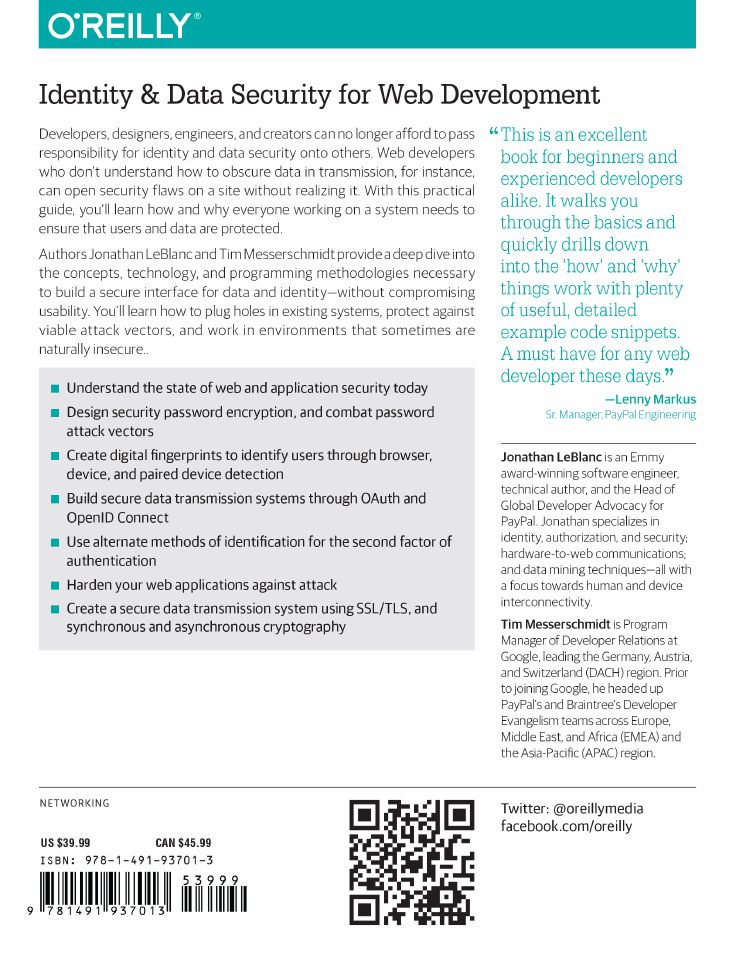

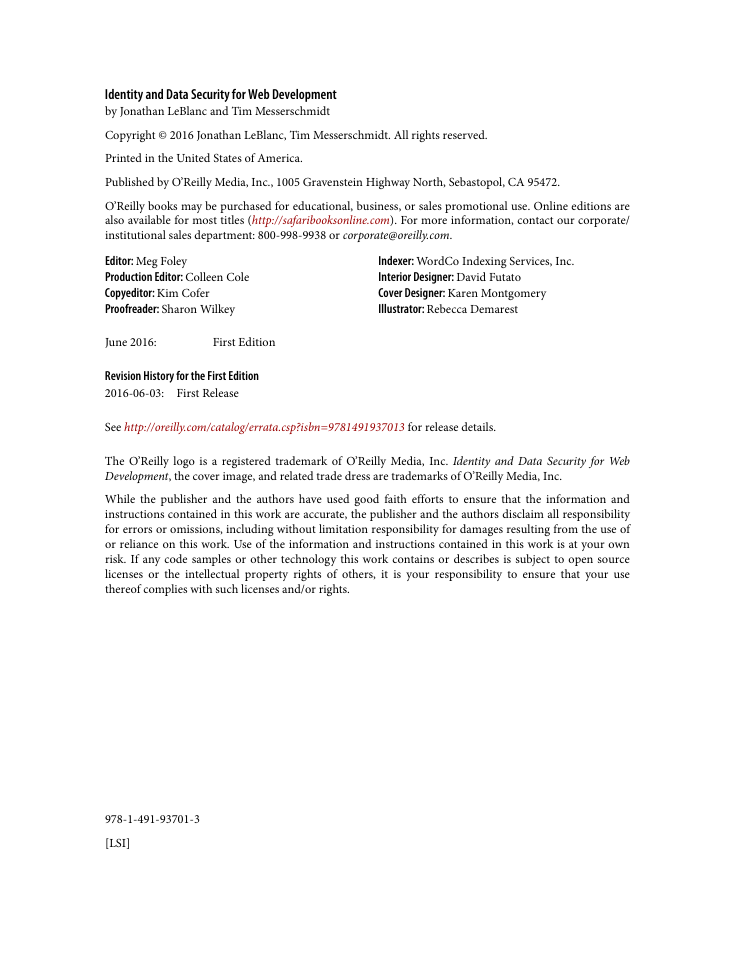
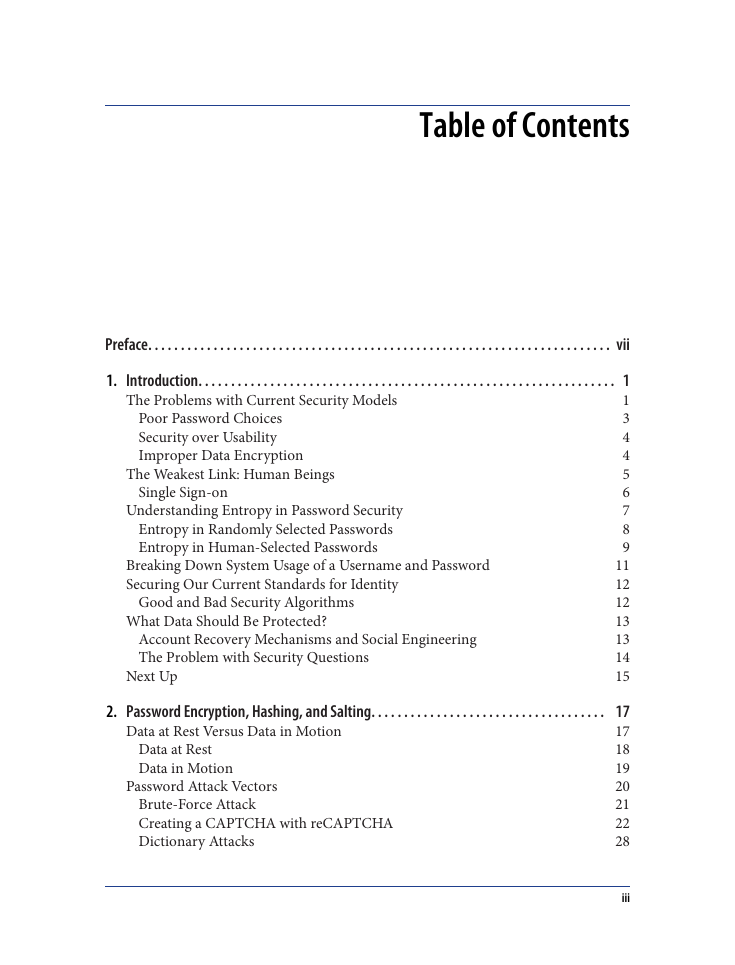
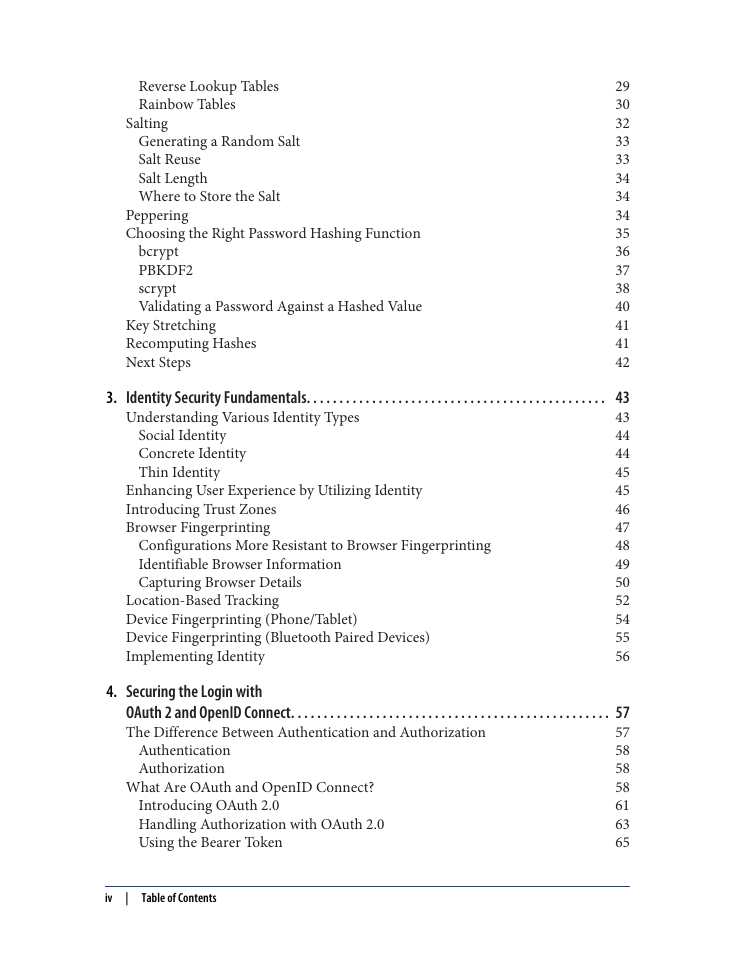
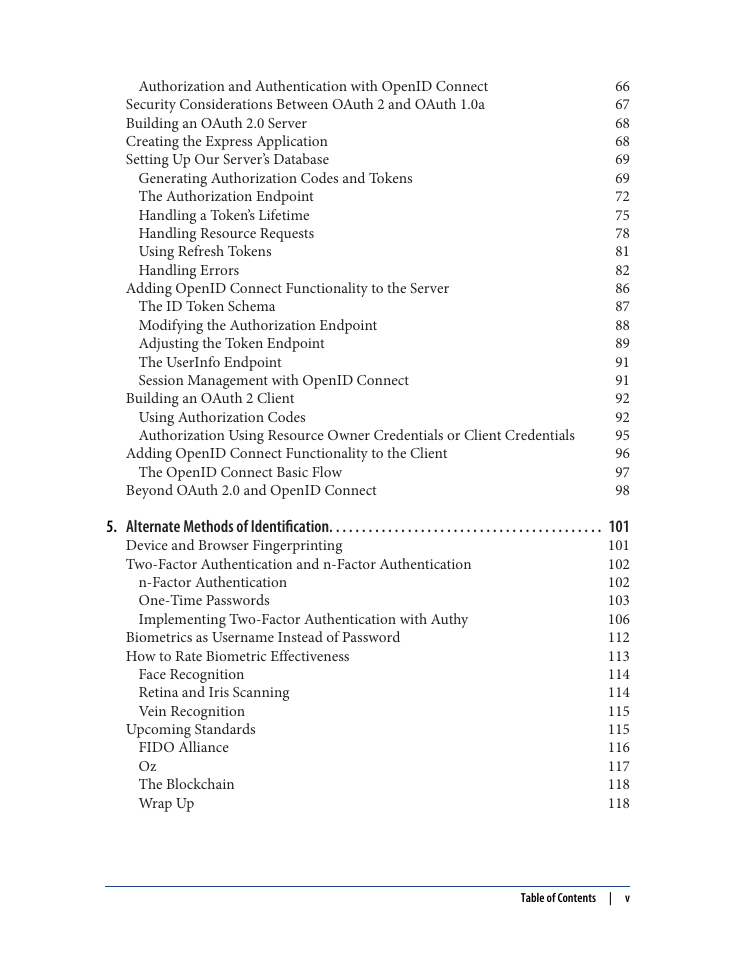
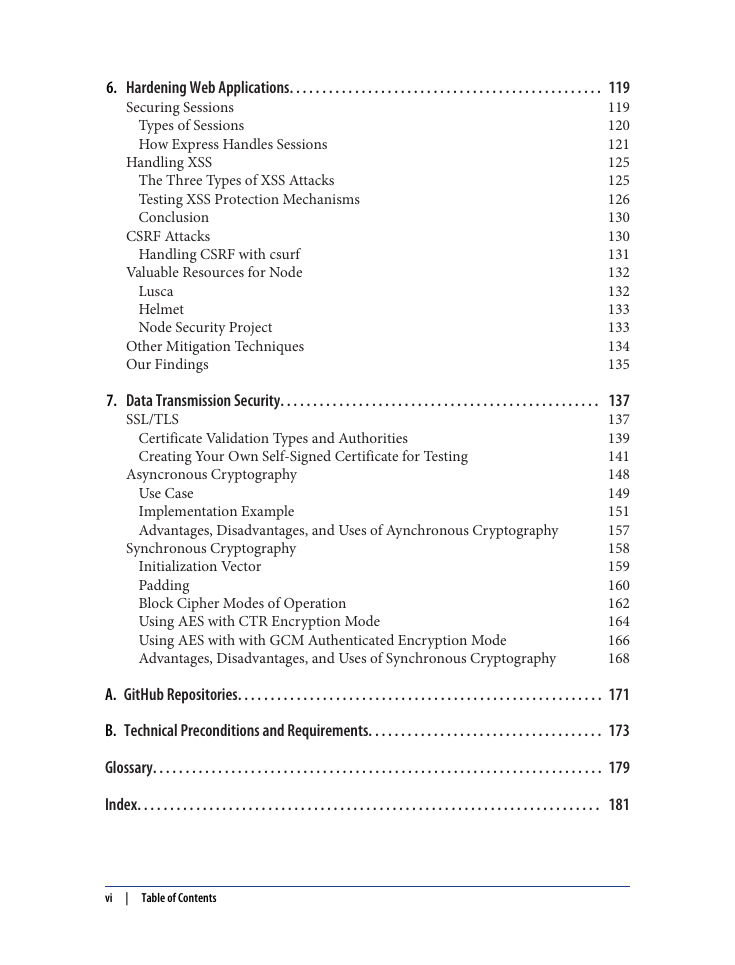








 2023年江西萍乡中考道德与法治真题及答案.doc
2023年江西萍乡中考道德与法治真题及答案.doc 2012年重庆南川中考生物真题及答案.doc
2012年重庆南川中考生物真题及答案.doc 2013年江西师范大学地理学综合及文艺理论基础考研真题.doc
2013年江西师范大学地理学综合及文艺理论基础考研真题.doc 2020年四川甘孜小升初语文真题及答案I卷.doc
2020年四川甘孜小升初语文真题及答案I卷.doc 2020年注册岩土工程师专业基础考试真题及答案.doc
2020年注册岩土工程师专业基础考试真题及答案.doc 2023-2024学年福建省厦门市九年级上学期数学月考试题及答案.doc
2023-2024学年福建省厦门市九年级上学期数学月考试题及答案.doc 2021-2022学年辽宁省沈阳市大东区九年级上学期语文期末试题及答案.doc
2021-2022学年辽宁省沈阳市大东区九年级上学期语文期末试题及答案.doc 2022-2023学年北京东城区初三第一学期物理期末试卷及答案.doc
2022-2023学年北京东城区初三第一学期物理期末试卷及答案.doc 2018上半年江西教师资格初中地理学科知识与教学能力真题及答案.doc
2018上半年江西教师资格初中地理学科知识与教学能力真题及答案.doc 2012年河北国家公务员申论考试真题及答案-省级.doc
2012年河北国家公务员申论考试真题及答案-省级.doc 2020-2021学年江苏省扬州市江都区邵樊片九年级上学期数学第一次质量检测试题及答案.doc
2020-2021学年江苏省扬州市江都区邵樊片九年级上学期数学第一次质量检测试题及答案.doc 2022下半年黑龙江教师资格证中学综合素质真题及答案.doc
2022下半年黑龙江教师资格证中学综合素质真题及答案.doc